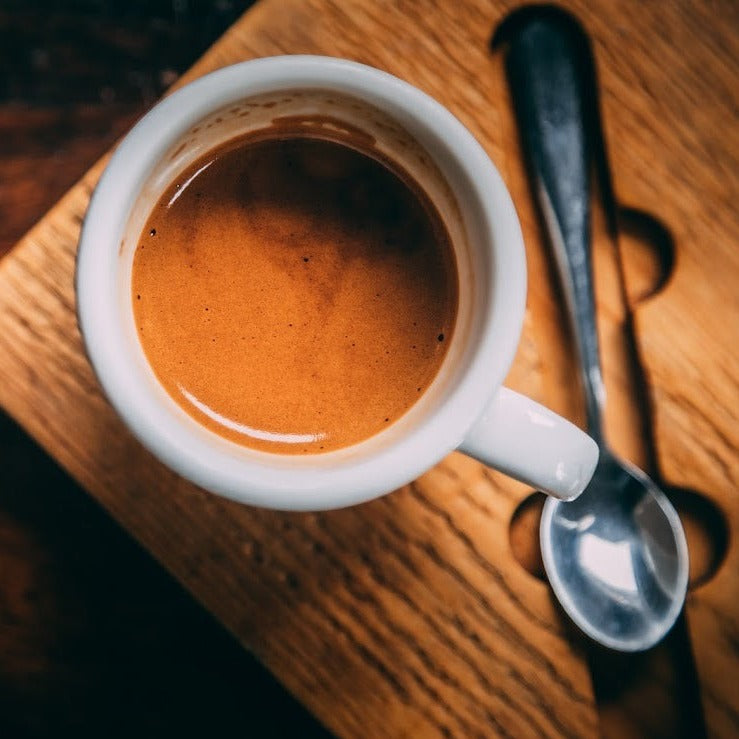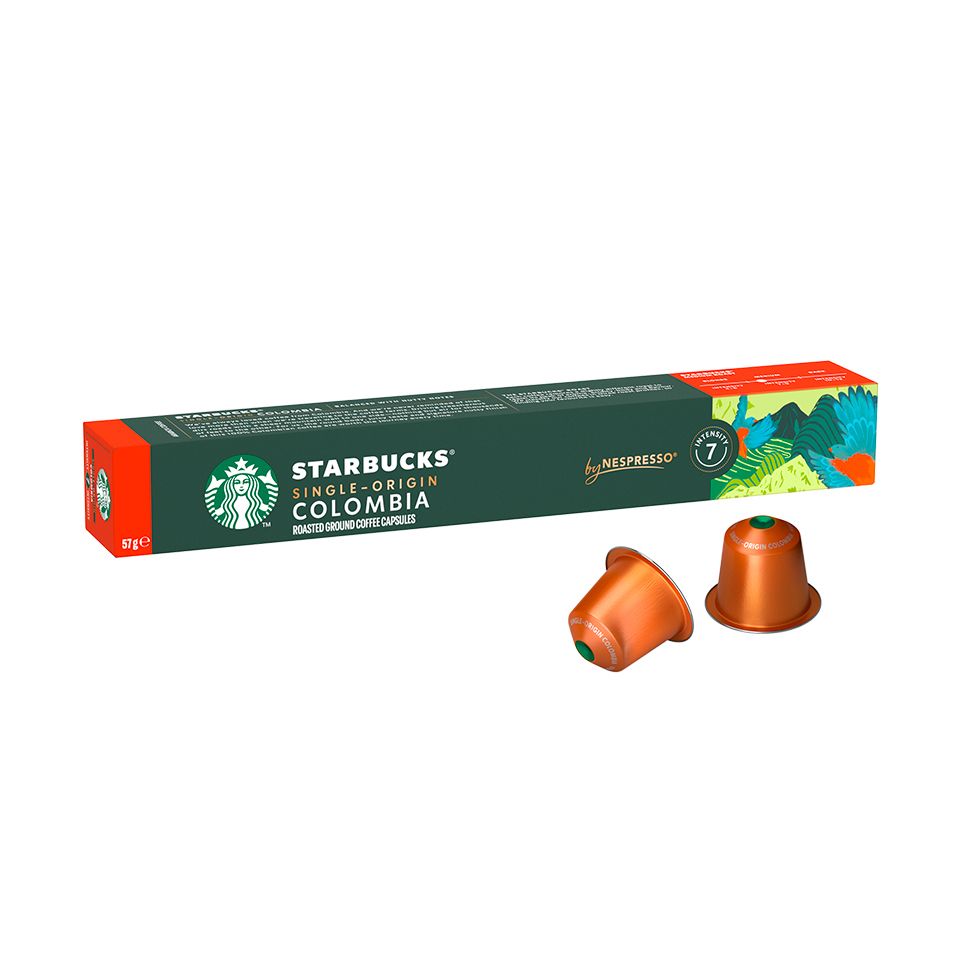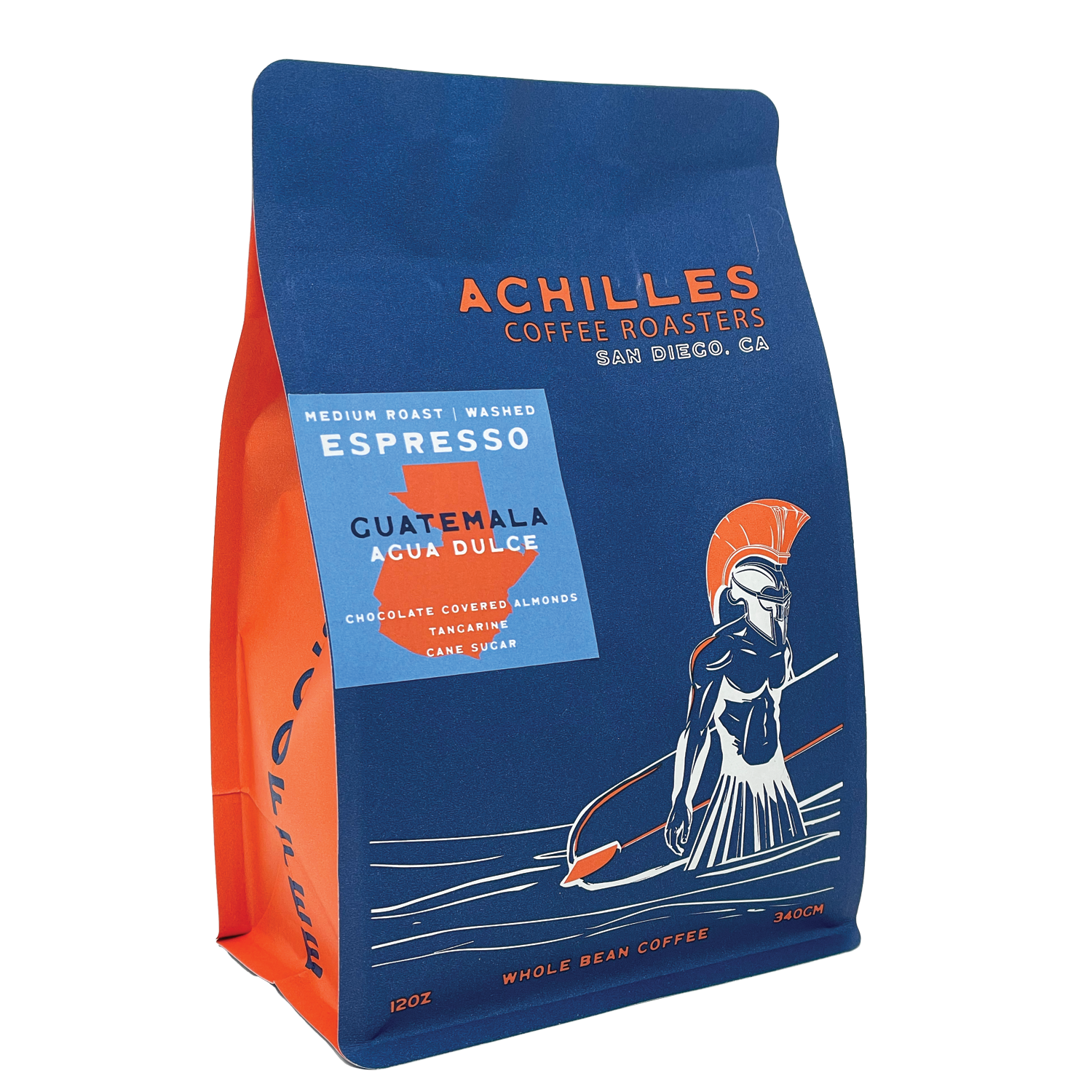The Growing Trend of Choosing SOE Single Origin Espresso at Home
The Growing Trend of Choosing SOE Single Origin Espresso at Home
Blog Article
Understanding Coffee Beans: the Trip From Coffee to Blended Coffee Beans

The Beginnings of Coffee: An International Perspective
While you might believe of coffee as a modern staple, its origins trace back centuries, linking with societies throughout the globe. The story begins in Ethiopia, where legend says a goat herdsman named Kaldi found the energizing results of coffee beans after discovering his goats romping energetically after eating them.
As trade paths broadened, coffee made its means to Europe in the 17th century, promptly obtaining appeal. It transformed from a mystical beverage into a daily routine, intellectual exchanges and inspiring celebrations. Each society included its unique twist to coffee preparation, enriching its background. This international journey highlights exactly how coffee links us, transcending borders and uniting diverse traditions through an easy bean.
Growing and Harvesting of Espresso Beans
As coffee's trip developed, the emphasis moved to the growing and harvesting of particular bean selections, particularly those used for coffee. You'll locate that espresso beans usually come from Arabica or Robusta plants, each offering distinctive tastes. The perfect growing problems consist of high elevations and abundant, well-drained dirt, which boost the beans' high quality.
During the harvest, picking techniques differ. In some regions, employees hand-pick ripe cherries, ensuring only the finest fruit goes to processing. In other locations, mechanical farmers are utilized, particularly on larger ranches. Timing is essential; you wish to gather when the cherries get to peak ripeness for optimum flavor.
As soon as collected, the beans are prepared for handling, which is crucial in determining their last taste. Comprehending the farming and harvesting processes gives you understanding right into what enters into your preferred espresso, enriching your appreciation for each and every mug.
Processing Techniques: From Cherry to Bean
Currently that you have actually learnt more about collecting espresso beans, allow's discover exactly how those cherries transform right into the coffee beans you like. You'll see just how different harvesting techniques influence flavor, complied with by the crucial steps of fermentation and drying. We'll break down the milling and grading procedure that identifies your coffee's top quality.
Collecting Techniques Discussed
When it involves coffee, understanding harvesting strategies is important, since they directly influence the flavor and high quality of the beans you delight in. There are 2 main methods: careful selecting and strip picking. Discerning selecting involves hand-picking just ripe cherries, ensuring you obtain the most effective high quality beans. This method usually brings about a richer flavor account, though it's even more labor-intensive. On the various other hand, strip selecting means collecting all cherries at the same time, no matter perfection. While it's quicker and cheaper, this can cause a mix of flavors, affecting the end product. Inevitably, the option of harvesting method can substantially affect your coffee experience, so it's worth recognizing exactly how those beans made it to your mug.
Fermentation and Drying Out
After collecting, the following steps in handling coffee beans play a considerable role in forming their taste. You'll discover that fermentation is crucial, as it assists break down the mucilage surrounding the beans, enhancing their taste profile. Depending upon the method, this process can last from a couple of hours to several days, with differing outcomes based on temperature level and moisture.
Sun-drying enables the beans to take in tastes from the environment, while mechanical drying out assurances consistent dampness degrees regardless of weather condition. Appropriate drying is necessary to prevent mold and mildew and preserve the beans' top quality, eventually influencing your cup of coffee.
Milling and Grading Refine
As fermentation and drying out set the stage for taste advancement, the milling and grading process guarantees that only the very best coffee beans make it to your cup. This stage involves eliminating the external layers of the coffee cherry, including the parchment and husk. After milling, the beans are sorted by dimension and weight, ensuring an uniform high quality. You'll find that grading helps identify problems and categorize beans, which impacts flavor and fragrance. High-quality beans receive a greater grade, leading to a richer coffee experience. When rated, the beans await packaging and shipping, maintaining their one-of-a-kind features. This precise procedure is vital for providing the outstanding taste you appreciate in every sip of your favorite brew.
Toasting Strategies: Unlocking Flavor Prospective
When you roast coffee beans, the method you choose can significantly influence the flavor account. Understanding the relationship between time, temperature level, and toasting strategies is vital to exposing the potential of your brew. Let's explore just how these elements come with each other to produce the best cup.
Toasting Methods Explained
While you might believe that all coffee roasting approaches generate the exact same results, the truth is that each technique exposes distinct flavor capacities in the beans. Drum toasting uses a turning drum to uniformly disperse heat, improving caramelization and generating a balanced taste. Air roasting, on the other hand, circulates hot air around the beans, promoting a lighter roast with obvious acidity.

Influence on Flavor Profile
Different toasting techniques not just influence the process however also considerably impact the taste account of the coffee beans. Dark roasts, on the other hand, bring out bold, smoky flavors, in some cases covering up the bean's one-of-a-kind features. Comprehending these nuances aids you value the creativity behind your cup of coffee, improving your general experience with every sip.
Time and Temperature Elements
To launch the full flavor capacity of coffee beans, both time and temperature during the my link roasting process play significant functions. When toasting, you'll locate that greater temperature levels can quickly create flavors, however if you rush it, you may wind up with scorched notes. Alternatively, reduced temperature levels allow for a much more progressive flavor advancement, showcasing the beans' unique qualities.

Timing is equally as essential; expanding the roast too long can result in a loss of acidity and illumination, while too brief a roast could leave the beans underdeveloped. Locating that pleasant place requires technique and testing. By changing these aspects, you can reveal the rich, intricate flavors hidden within each bean, developing a truly amazing coffee experience.
The Art of Blending: Crafting One-of-a-kind Coffee Profiles

Begin by selecting a base coffee that supplies a strong foundation. After that, choose corresponding beans to boost certain taste notes. For instance, a brilliant Ethiopian bean can bring fruitiness, while an abundant Brazilian coffee adds body. Trial and error is key-- do not hesitate to adjust ratios until you locate your suitable account.
As you mix, maintain in mind that each mix tells a tale. You're not just making coffee; you're creating an experience. Take your time, taste frequently, and delight in the trip of finding your signature mix - Single Origin Espresso.
Brewing Methods: How Preparation Impacts Flavor
Mixing coffee opens a domain of flavor possibilities, yet exactly how you make that blend can significantly affect your final cup. Different developing approaches extract special flavors and scents, so it's essential to select intelligently. For circumstances, a French press enables oils and debris to continue to be, creating a rich, robust experience. On the various other hand, a pour-over highlights the coffee's clarity and illumination, best for showcasing delicate notes.
Coffee, with its high stress, creates a focused shot that emphasizes sweet taste and crema. If you prefer a lighter brew, consider a cool brew approach; it produces a smooth, much less acidic taste.
Changing variables like water temperature level, grind size, and brew time can change your coffee's account. Embrace the art of developing to find the flavors concealed in your coffee blends.
The Future of Coffee: Sustainability and Development
As the coffee sector develops, sustainability and development are coming to be important for resolving ecological difficulties and conference customer needs. You'll observe that more coffee firms are embracing environment-friendly practices, read what he said from sourcing beans ethically to implementing lasting farming techniques. These changes not just assist the world yet also improve the top quality of the coffee you take pleasure in.
You might see developments like eco-friendly product packaging and water-saving developing techniques that minimize waste. Advanced modern technology, such as blockchain, is likewise ending up being prominent, making certain transparency in the supply chain, which allows you to trace your coffee back to its beginnings.
In addition, purchasing neighborhood communities and sustaining farmers through reasonable profession initiatives promotes an extra lasting coffee community. As you drink your following mug, bear in mind that your options can contribute to a brighter future for coffee. By selecting sustainable brand names, you're not just appreciating a drink; you're making a favorable effect on the globe.
Often Asked Questions
What Is the Distinction Between Arabica and Robusta Beans?
Arabica beans are smoother, sweeter, and have a greater level of acidity, while robusta beans are stronger, a lot more bitter, and have even more caffeine. You'll see these distinctions in flavor and fragrance when making your coffee.
How Does Elevation Affect Coffee Bean Taste?
Altitude impacts coffee bean flavor substantially. Greater elevations create beans with brighter acidity and complicated tastes, while lower altitudes typically generate beans that are larger and less nuanced. You'll observe these differences in your cup!
What Are the Health Advantages of Drinking Coffee?
Drinking coffee can improve your energy, enhance psychological emphasis, and even enhance physical performance. It's abundant in antioxidants, may lower the danger of certain conditions, and can promote a healthier metabolism when consumed in small amounts.
Can Coffee Beans Be Reused for Developing?
Yes, you can recycle coffee beans for brewing, yet the flavor might be weaker. If you delight in trying out, try reusing them in different ways, like cold brews or contributing to smoothie mixes for an extra kick.
Just how Should I Shop Coffee Beans for Quality?
To maintain your coffee beans fresh, store them in a closed container in a great, dark place. Stay clear of revealing them to dampness, warm, or light, as these aspects can quickly deteriorate their flavor and scent.
Recognizing Coffee Beans: the Trip From Coffee to Blended Coffee Beans.
Currently that you've found out concerning gathering espresso beans, let's check out just how those cherries transform right into the coffee beans you enjoy.When you roast coffee beans, the approach you select can drastically affect the taste account - Single Origin Espresso.While you might assume that all coffee toasting methods yield see this page the same outcomes, the truth is that each strategy discloses one-of-a-kind taste potentials in the beans.Different roasting approaches not only affect the process but additionally substantially impact the taste account of the coffee beans
Report this page